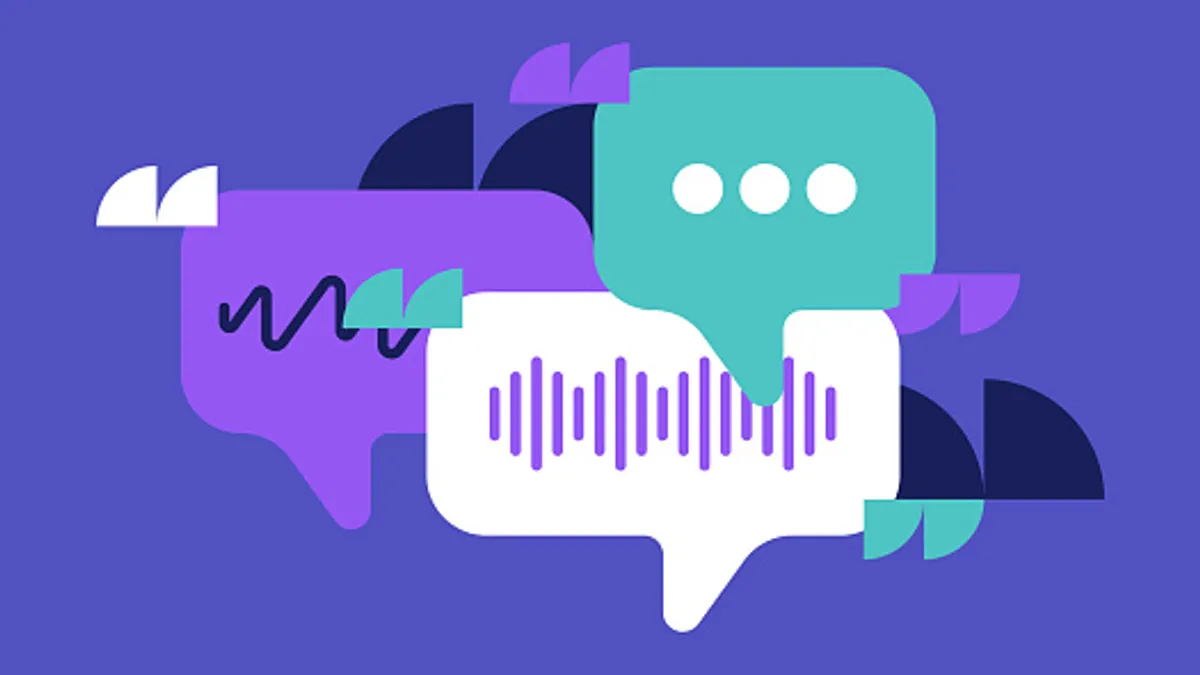Imagine the first time you sent an email, held an iPhone or put on a VR headset. Hundreds of thousands are experiencing that same tech-filled giddiness thanks to OpenAI’s ChatGPT.
It has been two weeks since the release of ChatGPT, the free AI-powered large language model created by OpenAI, and the internet cannot get enough.
The launch came only a few months after the public gained access to DALL·E 2, an updated AI system from OpenAI that creates art based on a user-provided description.
What was once the stuff of science fiction is now at the fingertips of the public. AI is now an artist, a tutor, a historian and more.
Some are using ChatGPT to write holiday cards, and others have been quick to predict the future post-ChatGPT. But there is a caveat to the hype. Experts have expressed concern about artists’ intellectual property rights, plagiarism within the education system and, in its current state, inaccuracies generated by ChatGPT, prompting bans from developer sites like Stack Overflow. OpenAI did not respond to requests for comment.
“ChatGPT is incredibly limited but good enough at some things to create a misleading impression of greatness,” Sam Altman, CEO of OpenAI, said in a tweet Saturday. “It's a mistake to be relying on it for anything important right now. It’s a preview of progress; we have lots of work to do on robustness and truthfulness.”
While the system is currently a work in progress, there is a sense among the public, experts and business leaders that the capabilities will change what AI and LLMs can do for the enterprise.
“[In the past] eight months to one year, I think we’re really starting to enter a new phase as these large language models really change the public perception of what AI can actually do today and how they interact with it,” Forrester Analyst Rowan Curran said.
Expanding use cases in the enterprise
One of the earliest use cases for LLMs was as assistants for customer service representatives, according to Curran. The LLM would present the customer service representatives with a script that would go through various iterations of a decision based on how a customer would respond. Examples followed “if this, then that” scenarios.
Now with the potential to generate clear and condensed text and transform IT help desks, LLMs are positioned to change the landscape for many different industries.
“Once problems are solved, language models could be used, for example, as trusted first line customer support agents with 24/7, instantaneous availability,” Pieter Buteneers, director of engineering in ML and AI at cloud communication platform Sinch, said in an email.
From the judiciary system to public relations practitioners, LLMs could revolutionize work.
For example, LLMs could automatically generate a quarterly financial report for a publicly traded company or a press release announcing a new product.
Imagine, instead of having a paralegal go to the courthouse and sift through files, they would be able to ask a chatbot trained on all the public record court decisions, said Brian Jackson, research director at Info-Tech Research Group.
Some businesses have already started imagining how they could benefit from these new capabilities.
“We’ve been closely monitoring technologies that have been developing across the space and how they potentially could be used to improve how we ingest and match items,” Skyler Logsdon, CEO and co-founder of lost and found technology platform Boomerang. “For instance, image captioning technology provided by Microsoft Azure or Google Lens mixed with ChatGPT could greatly expand the accuracy of item descriptions we generate for both consumers and partners to reduce investors' effort.”
Enterprise use cases could include coding co-pilots, rapid idea iteration and content management, according to Jackson.
“We could easily see some lower-level knowledge worker positions eliminated as generative AI is able to play assistant to highly-trained directors,” Jackson said. “In any place where organizations produce content, they will have to consider if generative AI could assist.”
For developers, this could mean instead of following a programming pair model, code repositories with AI-based co-pilots would be used as a second pair of eyes, according to Jackson.
What to take and leave from ChatGPT’s launch
While ChatGPT’s capabilities could change how work is done — and who does it — businesses are not at the same vantage point to produce such a large sample size.
Within its first five days, the ChatGPT had over one million users. This was before any retraining took place, according to Altman.
“They’ve engaged in one of the largest free crowdsourcing projects around a large language model that I think I’ve ever seen, which is going to give them a ton of data about the quality of answers, the kinds of answers and how people ask questions,” Curran said. “Even if it isn’t all incorporated to the highest degree in the next generation, it’s a huge amount of information that can help them refine the model, how it behaves and the data within the model.”
A business, on the other hand, would want to make sure that rounds of retraining occur before the LLM is deployed in consumer-facing scenarios — or risk potential repercussions.
‘[If] an enterprise released an untested chatbot into the wild, they could suffer a lot of brand harm or actual harm to themselves or their customers,” Curran said.
Although consumer-facing applications might be a no-go, internal enterprise applications could benefit from end-user testing prior to retraining as long as users are aware that it is in the testing stages, according to Curran.























